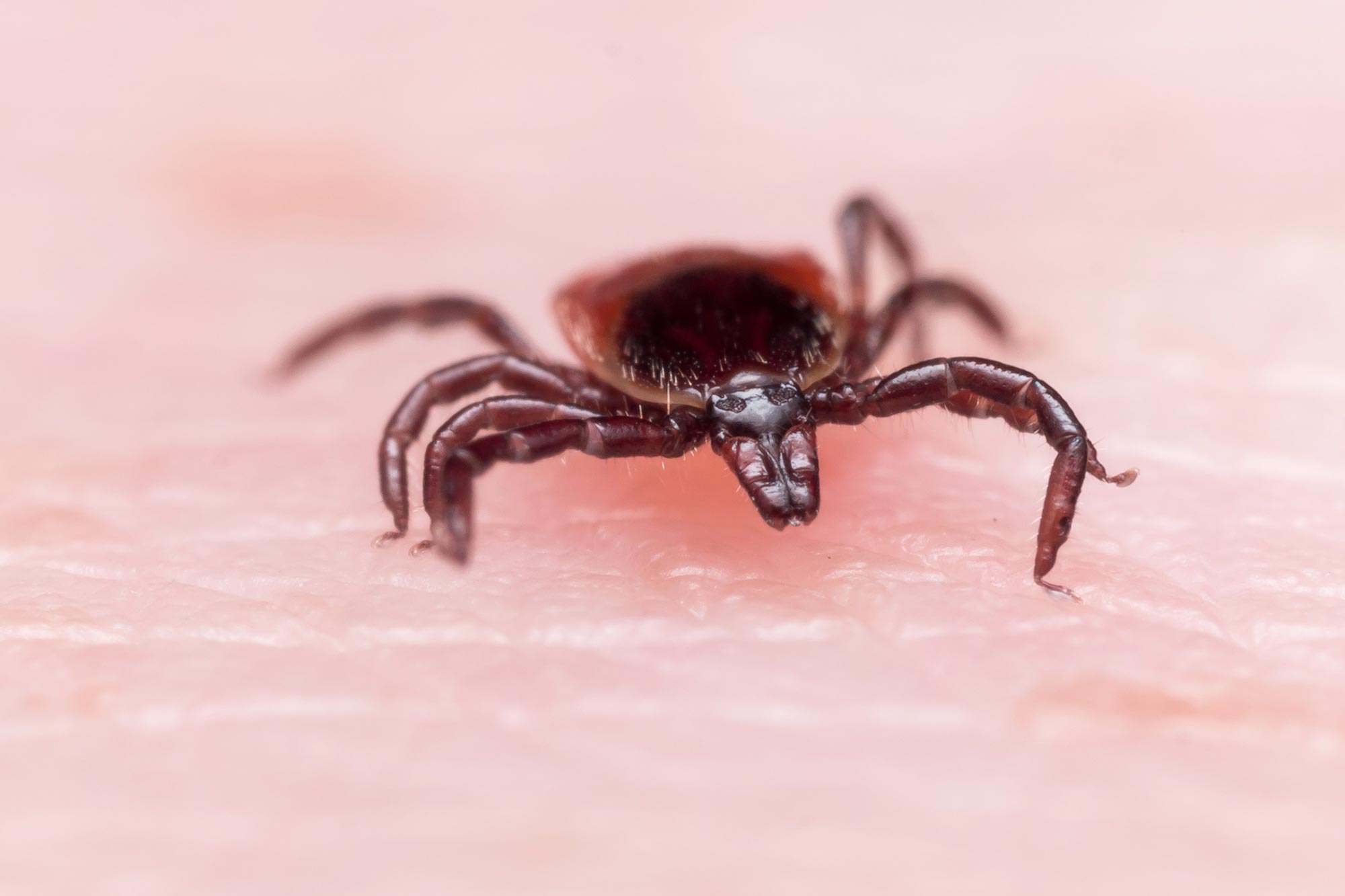Researchers at CUNY Graduate Center have conducted an extensive genetic analysis of Lyme disease bacteria, mapping the complete genetic makeup of 47 strains from around the globe.
This groundbreaking work could lead to more accurate diagnostic tests and personalized treatments for Lyme disease, the most common tick-borne illness in North America and Europe. The study also sheds light on the bacteria’s evolution, dating back millions of years, and identifies key areas where genetic material exchange occurs, potentially enabling the bacteria to adapt to new environments.
Genetic Breakthrough in Lyme Disease Research
A team led by CUNY Graduate Center biologists has produced a genetic analysis of Lyme disease bacteria that may pave the way for improved diagnosis, treatment, and prevention of the tick-borne ailment.
Weigang Qiu, a professor of Biology at the CUNY Graduate Center and Hunter College, and an international team including lead author Saymon Akther, a former CUNY Graduate Center Biology Ph.D. student, mapped the complete genetic makeup of 47 strains of Lyme disease-related bacteria from around the world, creating a powerful tool for identifying the bacterial strains that infect patients. Researchers said this could enable more accurate diagnostic tests and treatments tailored to the bacteria causing each patient’s illness.
Potential for Improved Diagnostic Tests and Treatments
“By understanding how these bacteria evolve and exchange genetic material, we’re better equipped to monitor their spread and respond to their ability to cause disease in humans,” said Qiu, the corresponding author of the study.
The study was published in mBio journal.
Researchers said the genetic information uncovered in the study may help scientists develop more effective vaccines against Lyme disease.
Lyme Disease: A Growing Public Health Threat
Lyme disease is the most common tick-borne illness in North America and Europe, affecting hundreds of thousands of people a year. The disease arises from bacteria belonging to the Borrelia burgdorferi sensu lato group, which infect people through the bite of infected ticks. Symptoms can include fever, headache, fatigue, and a characteristic skin rash. If left untreated, the infection can spread to joints, the heart, and the nervous system, causing more severe complications.
Case numbers are increasing steadily, with 476,000 new cases each year in the United States, and may grow faster with climate change, the authors of the study said.
Expanding Genomic Research on Lyme Disease Bacteria
The research team, led by scientists from the CUNY Graduate Center and Hunter College, Rutgers, Stony Brook, and more than a dozen other research institutions, sequenced the complete genomes of Lyme disease bacteria representing all 23 known BorreliaBase.org) that allow scientists to compare Borrelia genomes and identify determinants of human pathogenicity.
Future Research Directions and Public Health Implications
Looking ahead, the scientists said they plan to expand their analysis to include more strains of Lyme disease bacteria, especially from understudied regions. They also aim to investigate the functions of genes unique to disease-causing strains, which could uncover new targets for therapeutic interventions. As Lyme disease expands its geographic range because of climate change, the research provides valuable tools and insights for combating this rising public health threat.
Reference: “Natural selection and recombination at host-interacting lipoprotein loci drive genome diversification of Lyme disease and related bacteria” 15 August 2024, mBio.
DOI: 10.1128/mbio.01749-24
The study is supported by grants from NIH and an award from the Steven and Alexandra Cohen Foundation.





















Discussion about this post